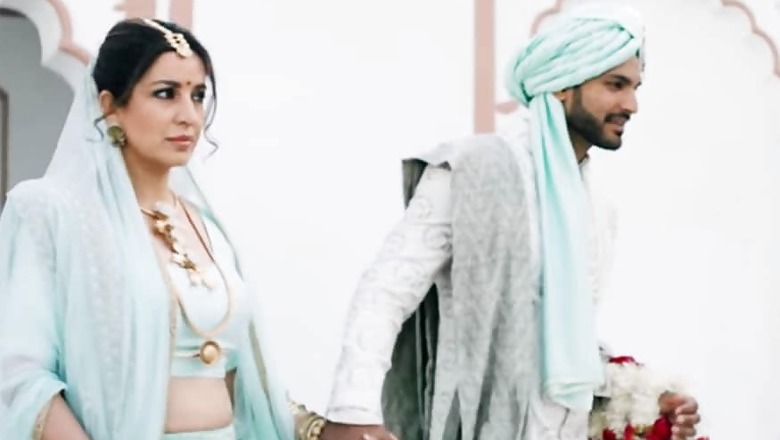
views
It’s never an easy task to adapt Shakespeare in the context of Indian society and all the more difficult to make it look and sound relatable and connecting. And if the writing is lesser known, the window gets narrower. Bornilla Chaterjee took a huge risk with her film The Hungry, which is based on Shakespeare’s lesser known revenge drama Titus Andronicus, and presented it with utmost relatibility as her budget and creative space allowed. The grotesque family-drama, however, can’t be called the most impactful watch. The film starring Naseeruddin Shah, Tisca Chopra, Suraj Kumar and Sayani Gupta made its Asian debut with a full house at the ongoing 19th Jio MAMI Mumbai Film Festival. The film was also screened at the Toronto Film Festival and given its niche audience, it is expected to make rounds at few more festivals before its theatrical release.
The film follows the tit-for-tat revenge play between Ahuja (Naseeruddin Shah) and Tulsi (Tisca Chopra). Tulsi believes that Ahuja got her son killed for business gains and agrees to marry his son Sunny to take revenge on the family. Then begins the dark game where one person who plays the most vital part is Arun Kumar (Neeraj Kabi) as Tulsi’s lover and Ahuja’s right hand. With a stellar cast, one can easily expect engagement despite flaws in the plot. The happenings are justified with flashbacks that come in bits and pieces.
Now, the magic of the film lies in its casting and their performances. Shah as Ahuja is cunning, manipulative and brute; however his worst instincts take over when his innocent daughter becomes a causality in Tulsi’s plan. Tulsi is the like a wounded lioness, whose son has been taken away and now she can go to any depths to take the revenge. Gandhi’s ‘eye for an eye can make the whole world blind’, fits the plot completely, but despite the goth Shakespearean touch and beautiful cinematography, it's the vulnerabilities of lead characters as parents that strikes the most. Probably that was the most Indian thing the director could have brought in to make the play more relatable to the audience, which is used to Bhardwaj’s raw and rugged and rural adaptations of the playwright.
The use of metaphors, surroundings and nuanced Delhi language to justify the temperament and blind money and power adds on to the eye-catching costumes to make The Hungry a highly atmospheric film. From Tulsi’s wedding lehenga to Lovleen’s sequined dress and mirrored white hall of glass, depicting the corridor of power, inside the Ahuja family complex, every setting has a meaning and underlying message for the audience.
The film is not the best adaptation of Shakespearean world, neither is it a highly comprehensive or intelligent family drama that’s take your breath away. However, there is something unsettling and uneasy about the film that’ll force you to think about it after you’re done with it and the casting just adds to that lingering effect. Bornilla Chatterjee’s The Hungry is the kind of film that has no black or white, just grey.




















Comments
0 comment